Barbara O'Neill
Barbara O’Neill is an MPhil student at the University of Winchester, following completion of the online Diploma at the Egyptology with the University of Manchester. She has lived and taught in Egypt and the Middle Eas for most of her life, and has recently returned to the United Kingdom to resume her studies.

Egyptologically Speaking: An Interview with Joyce Tyldesley
In February 2012, Dr. Joyce Tyldesley announced the latest in the University’s impressive portfolio of online courses. The Diploma in Egyptology is set to receive its first intake of students in October; some (not all) will be tech-savvy graduates of previous Tyldesley-designed distance Egyptology. Recently, this busy academic took some time out to discuss Manchester’s pioneering online Egyptology programmes [more…]
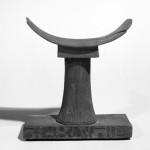
Sleep and the Sleeping in Ancient Egypt
A recent exhibition on East African headrests indicates that their use represents different levels of symbolic meaning, from marking the significant transition from youth to adulthood, to the more practical function of protecting elaborate hairstyles during sleep; still a factor in the use of headrests in some African tribes today (Fitzwilliam Museum, Cambridge; ‘Triumph, protection and dreams: The East African headrest in context’). Headrests have an iconographical status throughout the African continent and are a recognisable feature of ancient Egyptian culture. The act of sleeping itself is the subject of myth, ritual and superstition interwoven within the religion which permeated all aspects of this complex civilization. Headrests, sleep and dreams are interrelated within Egyptian ideology. Was the Egyptian headrest a purely symbolic object; a funerary essential; an everyday domestic object or an item which fits all of those descriptions? In the following article I will explore aspects of sleep in ancient Egypt, from the headrests used in the act of sleeping, to complex meaning surrounding dreams. [more…]
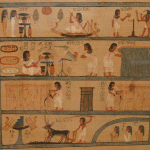
An Egyptian Tale of Distance learning and Future Dreams
Like many of Egyptological’s readers, I spend most of my free time, researching, studying and reading on the subject of ancient Egypt. This ancient culture has always interested me but until 2008, I had found no way of pursuing the subject academically. It was around then that I came across the University of Manchester’s Certificate in Egyptology course. Other universities including Glasgow and Birkbeck College, London run their own versions of this academically accredited course, but Manchester remains the only university delivering the entire 3 year Egyptology syllabus online. [more…]
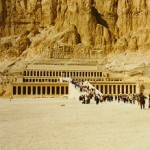
Hatshepsut, King of Egypt (1479–1458 BC)
By Barbara O’Neill. Published on Egyptological, December 7th 2011, Magazine Edition 3. “There’s a world of difference between truth and facts. Facts can obscure the truth” (Maya Angelou) In the Beginning Most people first learn about Hatshepsut on discovering her elegant mortuary temple at Deir el Bahri. Some visitors to the site may […] [more…]
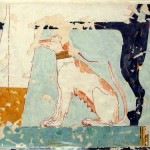
Eternal Companions – The Creatures Who Could Speak to God
Animals were a ritually charged symbol of life, lavishly represented in Egypt’s literature, arts, and crafts. They were believed to be creatures of the gods with the ability to communicate directly with a range of deities. Indeed, animal vocalisation was perceived as a secret language understood by the gods. The prominence of animals within Egyptian elite culture however, did not result in the animal loving traditions which exist today. Animal necropolises throughout Egypt bear witness to the fact that many creatures, including those we now value as domestic pets, were routinely strangled mummified and presented as votive offerings to gods with which the animals were associated. [more…]
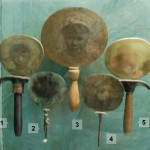
Reflections of Eternity – An Overview on Egyptian Mirrors from Prehistory to the New Kingdom
With a culture far removed in time and space from our own, why are aspects of Egyptian art both unexpectedly familiar and yet strangely exotic? Tomb scenes depict idealised individuals surrounded by personal belongings, which often includes mirrors and items such as cosmetic containers. It seems from the inclusion of such personal items that a ‘perfect’ appearance both in life and in death was of great importance to ancient Egyptians. [more…]
 By
By